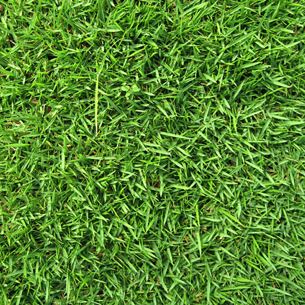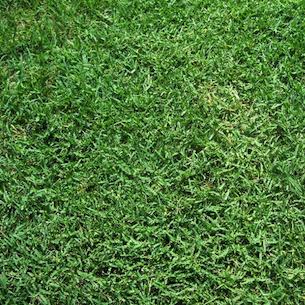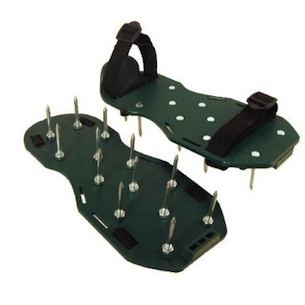Drought Resistant Grass
A nicely manicured, lush green lawn is the dream of many homeowners.
Unfortunately, maintaining such a green oasis typically is very hard on the environment; synthetic fertilizers and toxic pesticides and herbicides are used to keep grass green and unwanted bugs and weeds away.
And most green lawns require massive amounts of watering to supplement the rain mother nature provides.
Outdoor watering is usually the biggest source of water usage in households.
An average-sized lawn can require tens of thousands of gallons of water per summer to stay green. This amount goes up in areas that are dry or hot year round.
Drought Resistant Grass to the Rescue
Despite the environmental problems associated with a traditional lawn, many people enjoy the look and feel of a grass lawn, and the welcoming space it creates for the family.
In an effort to provide homeowners with more choices, the lawn care industry spends millions of dollars a year researching and developing new grass types that can better withstand hotter, drier conditions without the need for so much watering.
Many of the grass types most people enjoy the most, such as Kentucky bluegrass, don't do well in hot, dry conditions. They require almost constant watering, which consumes large quantities of water, which in turn requires frequent mowing.
Instead of working hard (and wasting water) keeping a dry lawn green, planting a grass type that is more drought-resistant will save money, time, and water.
Types of Drought-Resistant Grass
Choosing the best drought-resistant grass for your lawn depends on where you live. In cooler, northern climates, a fine fescue grass is a good choice. Variants of fine fescue's are hard fescue, creeping red fescue, and chewing's fescue.
Fine fescue grass can be planted alone or mixed with Kentucky bluegrass and perennial ryegrass for a lawn that's both drought-and disease-tolerant.
Fescue's are a good choice not only for drought-resistance, but for high traffic areas and all types of soils.
Newer types of cool season grasses designed for high drought tolerance are being introduced, such as Scott's Thermal Blue Kentucky Bluegrass.
Scott's Thermal Blue thrives in hot, dry conditions, and is an excellent choice for overseeding lawns or filling in thin areas or bare spots.
For lawns in warmer, southern areas with much higher humidities, entirely different grasses are needed. Warm season grasses are usually planted as one species, rather than mixed. The most drought-resistant grasses for warm climates are Bermuda grass, zoysia grass, and Bahia grass.
Benefits of Drought-Resistant Grass
While there are an increasing number of greener alternatives to the traditional grass lawn, some green home builders will want a grass lawn. As mentioned, if you do choose to have a grass lawn, planning ahead and planting the right drought-resistant grass seed is your best bet to reduce the amount of watering necessary to keep your lawn green. A drought-resistant grass that needs less water will also grow at a slower rate, requiring less mowing, which takes time and produces a great deal of pollution.
Protecting Any Lawn from Drought
Whether you've planted a drought-resistant grass in your lawn or have a more traditional grass, there are steps you can take to make any lawn more tolerant to periods of drought.
- Aerating a yard before drought-like conditions will help alleviate compact soil, and open up the soil to hold more water and air, allowing for deeper root growth.
- Water Deeply and Infrequently: Watering infrequently will encourage deeper root growth, and watering deeply will soak the soil. Both of these will ensure enough water for the grass.
- Raise that Blade! Set your mower blades to their higher settings. When you cut your grass short, the plant has to work harder to replace the blade, and the short cut also allows the heat of the sun to penetrate the soil more easily. Letting the grass grow longer encourages deeper root growth, which will allow the grass to survive longer periods of drought.






































































